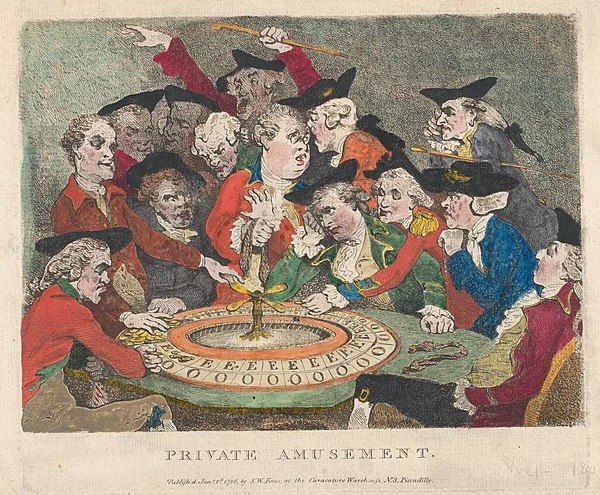
People have always gambled because the rush of winning is perceived to be worth the risk of losing. In the 1600s, enterprising folks figured out that the real money is in hosting other people's gambling addictions, and they were right, but they didn't understand the odds even then. Meanwhile, mathematicians began studying the science of probability.
The owners of gambling houses sought to increase their profits by guiding patrons to games with long odds, which works because those patrons didn't understand probability, either. But the brothers Johann and Jacob Bernoulli came up with the law of large number or long averages in 1713 (the Golden Theorem), which proved that even with only a very small advantage, the house will always win if people play the games long enough. Abraham De Moivre tried to explain the concept to gambling parlor owners, but they and the gambling public were mostly illiterate and understood numbers in only the simplest terms. It took a long time for operators to realize that they could make plenty of dough even without cheating, and fair games would draw more participants.
History professor John Eglin explains this small advantage using roulette, in which the house has a small chance of winning without risking any money. That small chance will eventually make a casino tons of money, but it took hundreds of years for people to understand that. Read how mathematical laws make money for casinos at The Conversation. -via Damn Interesting
(Image credit: Thomas Rowlandson)





